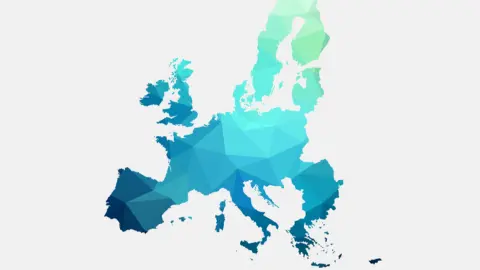Key events in EMEA and Latam next week
Poland will receive an influx of domestic data next week, and in our view, it looks pretty good. The strong labour market should reinforce solid domestic activity. Although we can't say the same for Russia, as the additional measures to support household income won't translate into wages straight away
Russia: Little reason to hike more
Russia is likely to report higher industrial output growth - thanks to the additional working day in February 2019 vs February 2018, rather than an improvement in sentiment. On the contrary, consumption indicators are set to deteriorate; the acceleration of CPI should have turned real wage growth negative, while the additional measures to support household income, recently announced by President Putin, will take some time to kick in. After the recent VAT hike and weakening income fundamentals, we remain cautious on retail trade.
The central bank of Russia will meet at the end of the week, and there aren't any strong arguments in favour of further hikes from 7.75%, as inflation growth of 5.2% YoY in February - and most likely 5.4-5.5% YoY in March, is comfortably within the central bank's line in the sand’ of 6.0%. Also, CPI expectations by households and corporates seem to have moderated in February after several months of growth; economic activity is subdued, and finally, markets conditions haven't really deteriorated since the previous meeting.
The downward rate cycle seems remote too, as the gasoline price freeze expires at the end of March, leaves the mid-term CPI trend uncertain. Also, RUB retail deposit growth slowed to a 3.5-year low of 7.8% YoY, amid an acceleration of retail loan growth to an almost 5-year high of 23% and finally mid-term market uncertainties related to global and Russia-focused risk-appetite haven't evaporated.
Poland: Domestically, things are looking pretty good
February's labour market data should bring another month of solid wage growth. We expect 7.6% YoY with a very balanced structure, where all major sectors should oscillate in a narrow 7.2-7.9% range. Growth in February is likely to be the highest this year - we expect a benign moderation in the coming months, with lower contributions from construction and services.
Industrial production should decelerate modestly from 6.1% to 5.1% YoY in February, close to local market consensus (4.7%). The contribution from the energy sector should be lower compared to January, where we saw an increase due to frostbite effects. Nevertheless, the export sector remains solid, and producers of domestically orientated non-durable goods should provide a higher input.
Solid domestic demand should also be visible in retail sales data - we anticipate an increase of the headline figure from 6.6% to 7.5% YoY, related to an improvement in car sales after a very weak January.
EMEA and Latam Economic Calendar

This publication has been prepared by ING solely for information purposes irrespective of a particular user's means, financial situation or investment objectives. The information does not constitute investment recommendation, and nor is it investment, legal or tax advice or an offer or solicitation to purchase or sell any financial instrument. Read more
Download
Download article
15 March 2019
Our view on next week’s key events This bundle contains 3 Articles